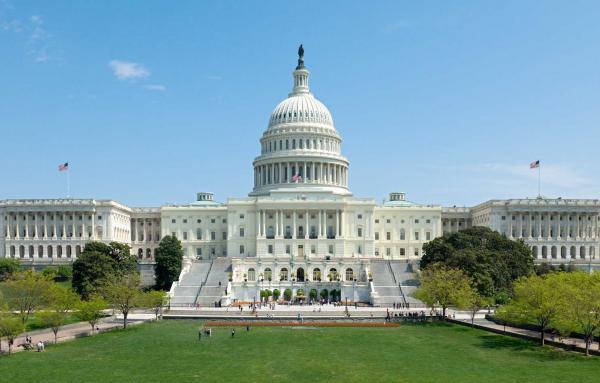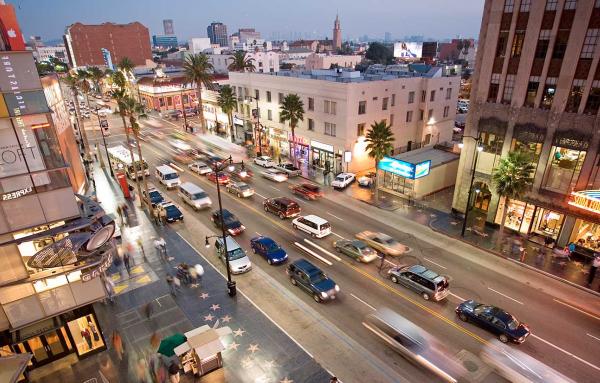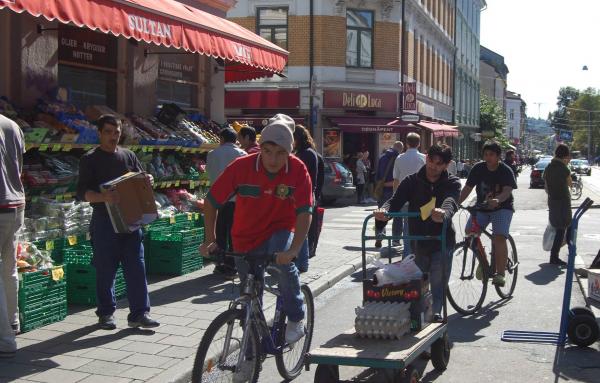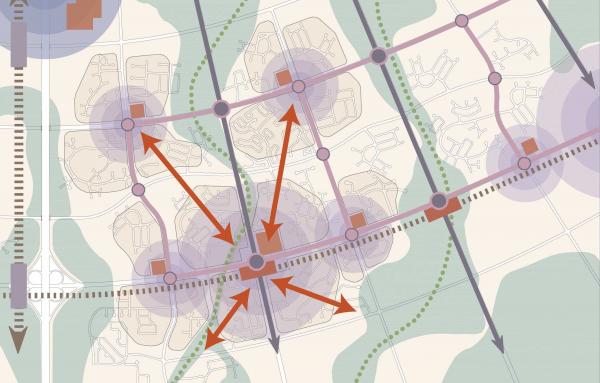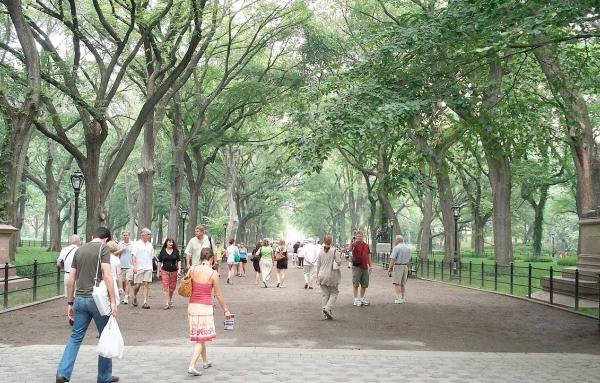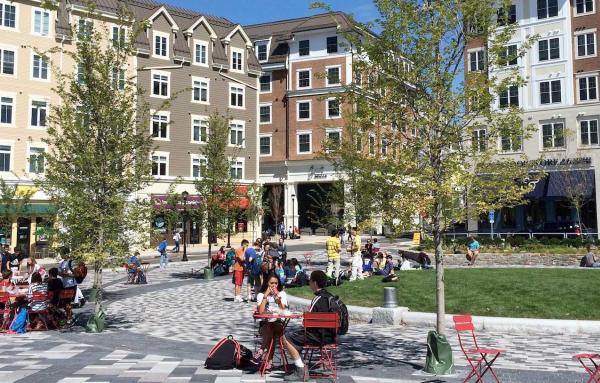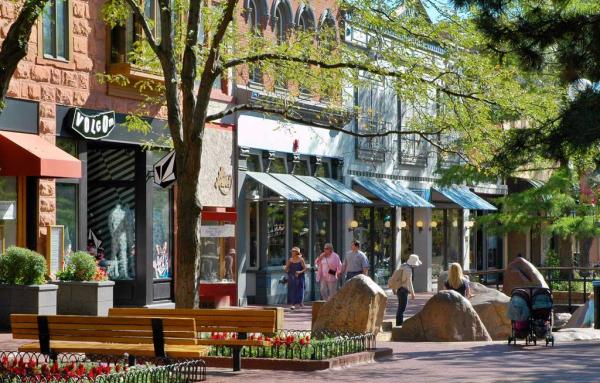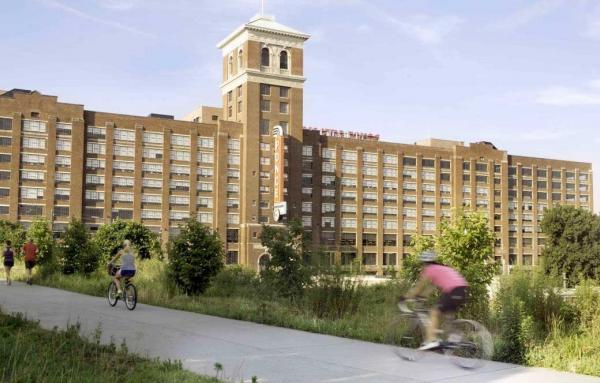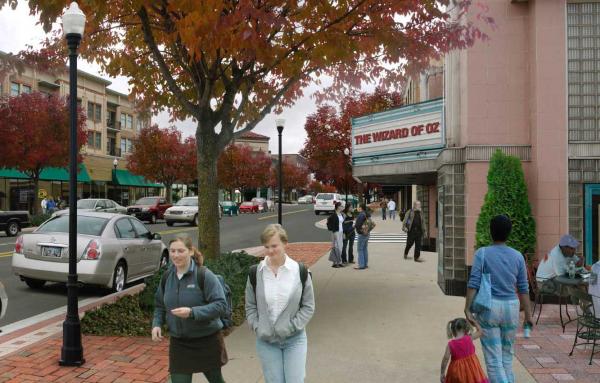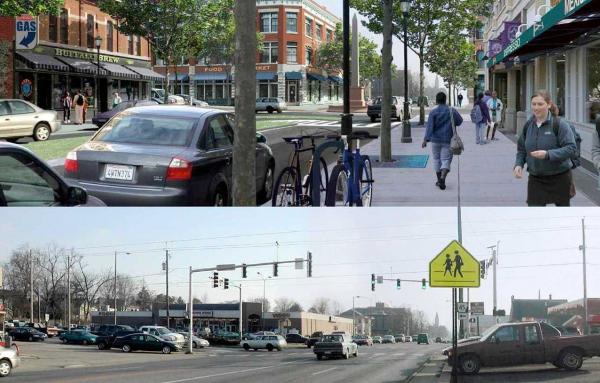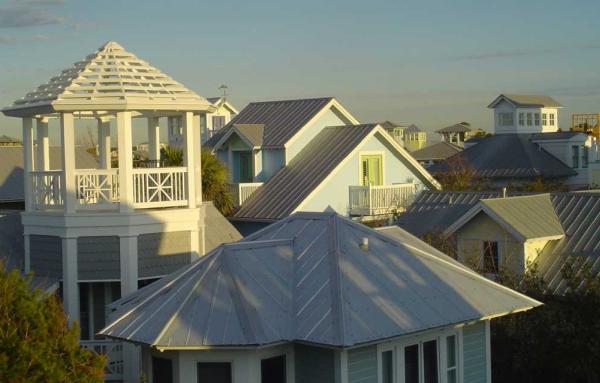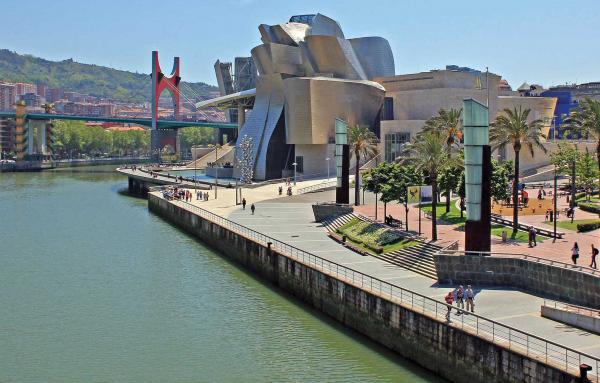Features
A pithy summary of why our infrastructure spending goes wrong—and how to fix it.
Cities that blend old and new are helping to define urbanism in the 21st Century.
Urbanism will play a key role in a choice between an “age of human capital” and an age of depletion and division.
New Urbanism has an opportunity to influence where self-driving vehicles take us—which could be social hubs in a polycentric city.
New recognition of the health and safety benefits of parks is changing how the public and leaders view green spaces.
After a year of work, the Build a Better Burb website has been upgraded, offering an improved platform for suburbs that are rethinking their planning and development.
Older and smaller buildings and a wide range in building age offer real economic and social benefits for neighborhoods and urban centers.
Historic buildings create the kind of character and vitality that makes older communities perform well economically, socially, and environmentally—and that is the central thesis of a new book.
A remarkable and growing body of literature is telling us that healthy communities need face-to-face interaction among their members, something that electronic media cannot replace. Physical places enable or prevent that interaction.
When the research favors compact, mixed-use neighborhoods, why do our policies often favor sprawl?
The resort town in the Florida Panhandle is best known for being compact, walkable and diverse in uses and places, but Seaside has also become known as one of the first environmentally designed new towns.
Gehry's Guggenheim museum itself did not make the difference—rather the new public realm attracted and kept people and businesses in Bilbao.
